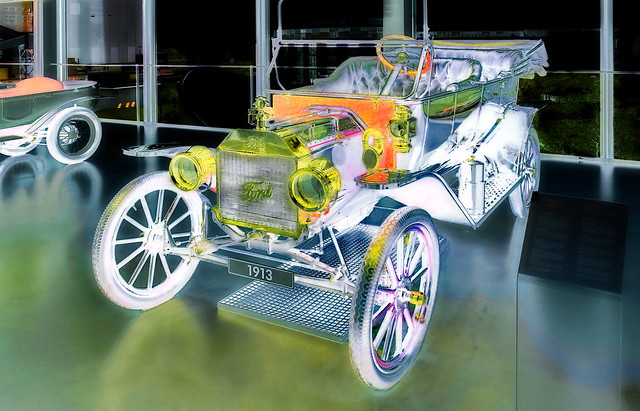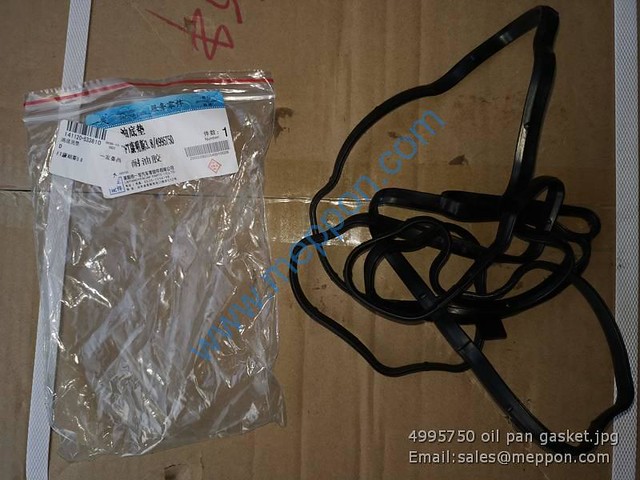
What is an Overload Relay?
An overload relay protects the motor from a high current draw. It can also prevent phase loss and imbalance. It also guards against thermal heat.
Compared to normal circuit breakers, thermal overload relays can withstand more surge current for longer periods of time. Their rated current can be set with a rotary knob and an additional knob for class selection tripping.
Poles
Overload relays are a common safety device for electric motors that are designed to cut power when the motor is drawing excessive current. They can be used as an alternative to fuses or circuit breakers. They can also be used to protect low-current devices from damage. There are a number of different types of overload protection relays, including thermal, electromechanical, and electronic relays.
The working principle of a thermal type overload relay is based on an electro-thermal property within a bimetallic strip. The metal strips bend and open the auxiliary contacts when the motor is running overloaded for a certain period of time. The eutectic alloy in these strips melts when the current exceeds a predetermined limit. This action triggers a mechanical mechanism, which in turn, activates the tripping mechanism.
In addition to the tripping device, an overload relay also has a reset button that can be pressed isolated gate driver after a trip & fault clearance. A knob is available over the OLD that can be used to set the rated current of the relay. This can be adjusted between the supplied upper & lower limits. Electronic OLDs come with an additional knob that is used to select the tripping class.
The GE industrial RT1U thermal overload relay features 3 phase, 1 normally open (N.O) & 1 normally closed (N.C) auxiliary contacts, manual or automatic reset and class 10 tripping. It can be mounted directly to a contactor or in a separate enclosure. It can also be wired into a starter with a DIN rail mount bracket.
Control voltage
Overload relays operate at a separate control voltage from the motor they protect. This control voltage is usually lower than the power supply circuit voltage. In order to operate correctly, the control voltage should be compatible with the motor’s rated current. If the control voltage is higher than the rated current, it can cause overheating of the relay and tripping.
A thermal overload relay is designed to protect equipment and circuits from overheating, and it will cut the flow of current if the heat-detecting device in the relay reaches a certain temperature. It is a cost-effective solution for protecting electrical motors, devices, and power systems from overheating. It also helps to prevent nuisance trips, which can occur due to momentary overloads.
In an electric motor, the heat-detecting device is a bimetallic strip. The heat generated by direct current flows across the bimetallic strip causes it to enlarge at different rates when heated. The difference in the rate of enlargement can be detected and used to determine whether an overload has occurred.
Another type of overload relay is the electronic overload relay, which can detect a problem in a motor’s current flow without using a bimetallic strip. This type of relay is more accurate than a thermal overload relay because it measures the current directly. It is available in a variety of mounting configurations, including on contactors and panels.
Tripping device
Overload relays detect overload conditions as well as fault situations & Quadrant Divider and Multiplier then declare trip commands for a protective device. They are also used for detecting mechanical surges in a motor by interrupting the manipulated voltage. This prevents the motor from pulling excessive current which could cause overheating. Overload protection relays can also classify trips to determine whether they are due to process overload or supply-side problems like voltage sags.
Typically, thermal bimetallic overload relays use an eutectic alloy to trigger a tripping mechanism. As current flows through the relay, it increases the temperature of the phase windings and the wire. When this temperature rises above a predefined high set value, the bimetallic strip gets heated. As the current flows through it, it actuates a tripping mechanism that opens auxiliary contacts 95-96 (NC) and 97-98 (NO). The relay then disconnects the load from the power supply until the contact reopens.
Overload relays come in different models based on their trip class, which refers to the duration it takes for the relay to explore an overload condition. For example, a class 10 tripping relay will explore an overload condition within five seconds of starting current at 600% of its full load amps. Other types of tripping relays include the class 5, which is used for motors that require extremely fast tripping.
Reset button
The overload relay reset button is an important feature on all electric motor starters. The purpose of the resetting switch is to allow you to restart your electrical motor after it has cooled enough to return contact inside the overload relay. Depending on the application, you can choose between a manual or automatic reset switch.
A typical overload relay reset mechanism is illustrated in FIGS. 1 and 2. The reset switch has a linearly adjustable operating means exposed outside the enclosure which is depressed by depression of the pushbutton plunger against the force of the spring bias. This translation of the linear travel of the operating means into like travel of the actuating members depresses the reset plungers against the bias of their return springs thereby allowing the overload relays to be manually reset from an initial position within the enclosure.
You can use a manual-reset overload relay on heating and air conditioning system electric motors for fans and blowers. You can also find it on well pump motors and other applications where the motor will be operating for a long period of time. On the other hand, an automatic reset relay can be used in oil burner motors and some fan motors for heating systems. It can also be found on air compressor electric motors for pumps and fans, as well as submersible water pump motors.

